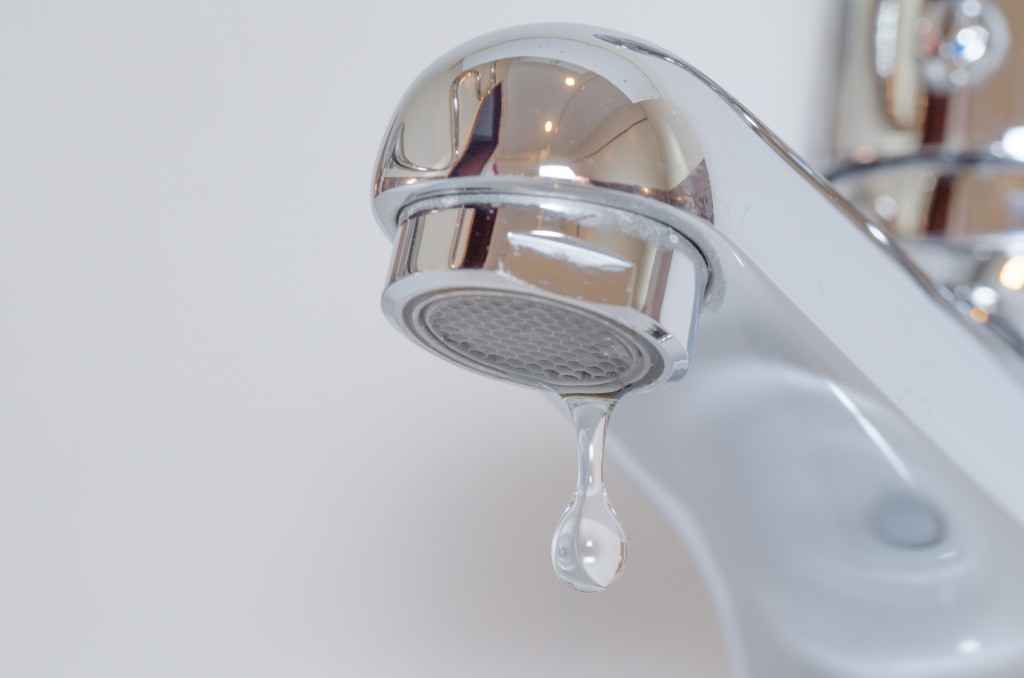Water pipes that freeze in winter can be a first class disaster. Insurance companies have reported claims due to burst pipes as high as £100,000, but even if you escape initial water damage, back pressure can build up and cause damage elsewhere in the water system. Even a simple plumbing repair can be an expensive call out and leave you with additional damage to plastering and decoration, as well as days or weeks without heating or hot water.
In the UK most freeze ups are easily preventable.
Preventing The Freeze
For just a few pounds of materials and an hour or two of DIY you can have peace of mind about winter freezes, and increase the energy efficiency of your hot water systems at the same time - soon saving you more money in fuel than your outlay on materials.

You need lengths of foam pipe lagging such as Climaflex, which are easily slid onto all your water pipes both hot and cold. Try to gain access to every part of your pipework from where it leaves the boiler or tank right up to the taps and cisterns, carefully joining the two meter lengths without leaving any vulnerable places exposed by gaps.
You need to secure the open sides and joins between lengths, using tape, zip-ties or a proprietary contact adhesive. It’s a good tip to have a choice of all three of these available - tape is a versatile and neat solution if applied carefully, but adhesive will create the neatest looking finish in visible areas, and zip-ties can be much easier to attach than tape on sections where there is a tight squeeze between pipes and walls or joists.
At bends and junctions create mitred elbows or T-pieces so you have continuous insulation (there are many online videos demonstrating this simple procedure). The material is easily cut and shaped with a sharp kitchen blade.
Climaflex costs approximately £1 to £1.50 per metre depending upon the diameter of the pipes you’re covering, so be sure to order the diameters that match your pipes. It’s a very low total cost in proportion to the benefits.
You don't need to do the whole job in one go - do a section at a time and spread the cost and labour however you want. Do sections most exposed to cold first.
Other Measures To Be Taken
If you live in a northerly latitude or higher altitude where weather can be extra cold, you may need additional measures. The most common is to add a heating strip along the pipes, beneath the Climaflex lagging. Although they’re an extra expense, their installation is another straightforward DIY job and they only use a small amount of electricity when bad weather is expected.

